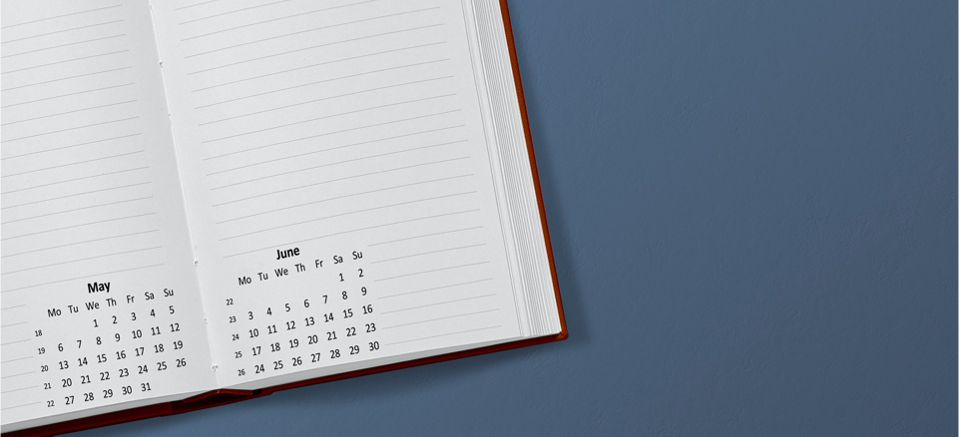How design can save lives
Every year, around 800 000 people die by suicide globally.
Many of those take their own lives by overdosing on medication.
Anything that can be done to prevent this happening is obviously a good thing.
Fortunately, it’s easier to influence human behaviour than you might think.
Even subtle changes or interventions can have a dramatic impact.
Take the design of blister packs for dispensing medication for example.
Those old enough to remember will recall that pills used to come in plastic bottles.
This meant it was up to the user to take the proscribed amount.
For most people this was not an issue.
However, if you were unfortunate enough to be feeling suicidal then it was easy to take the contents in one go.
Introducing blister packs helped to reduce the number of overdoses by making it harder to access all the pills in one go.
The extra time and effort was either enough to dissuade the person from going through with it or it gave them a moment to think about what they were doing and stop.
The message here is that if we want to reduce the likelihood of someone carrying out a certain behaviour we should make it harder by adding some friction to the process.
The reverse is also true by the way.
If we want someone to do something, we should make it as easy as possible from them to do it by removing any obstacles or impediments.






